
$15 Fix That Instantly Stops Carpenter Bees From Destroying Your Home
Carpenter bees can cause serious damage to wood surfaces, but simple, weatherproof solutions make it easy to protect your home
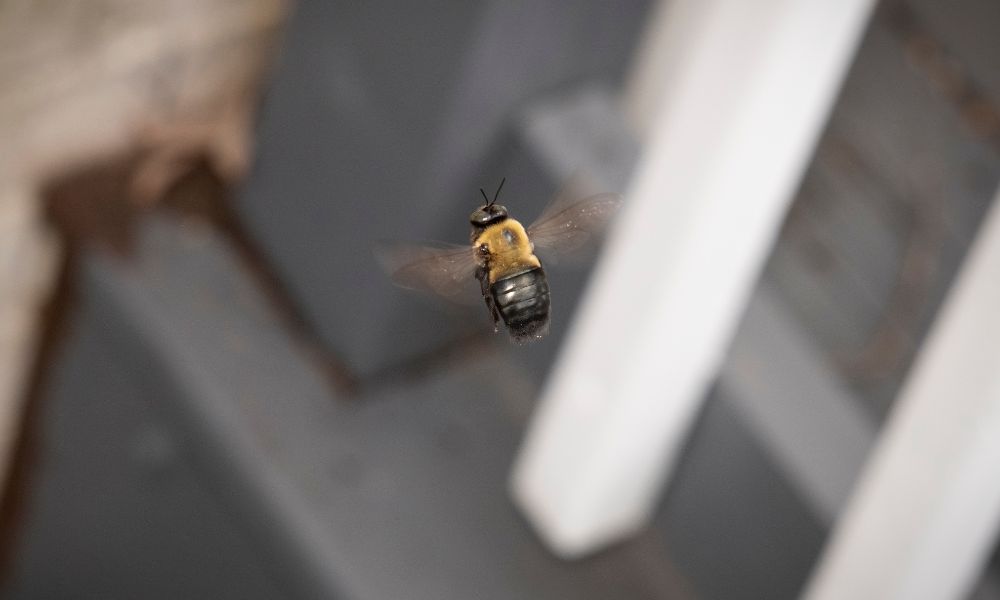

Stop Carpenter Bee Damage Before It Starts—Your Home Deserves Better!
Carpenter bees can wreak havoc on your home, leaving costly damage in their wake. But with Bee Blocker Pro, you’re not just reacting—you’re taking control. Our solution delivers instant protection with zero hassle. No costly treatments, no complicated steps—just powerful, weatherproof defense. Don’t wait for the damage to pile up—act now to keep your home intact.
Secure Your Carpenter Bee Blocker Pro Trap & Repellent Kit Now
Carpenter bees can be a real pain for homeowners, chewing through wood and causing expensive damage. But don’t stress—there are some economical, simple, safe and non-toxic carpenter bee trap products to help keep these buzzing pests away without all the hassle.

In this guide, we’ll explore practical tips and techniques to help you prevent and manage carpenter bee infestations, as well as the woodpecker damage they can attract.
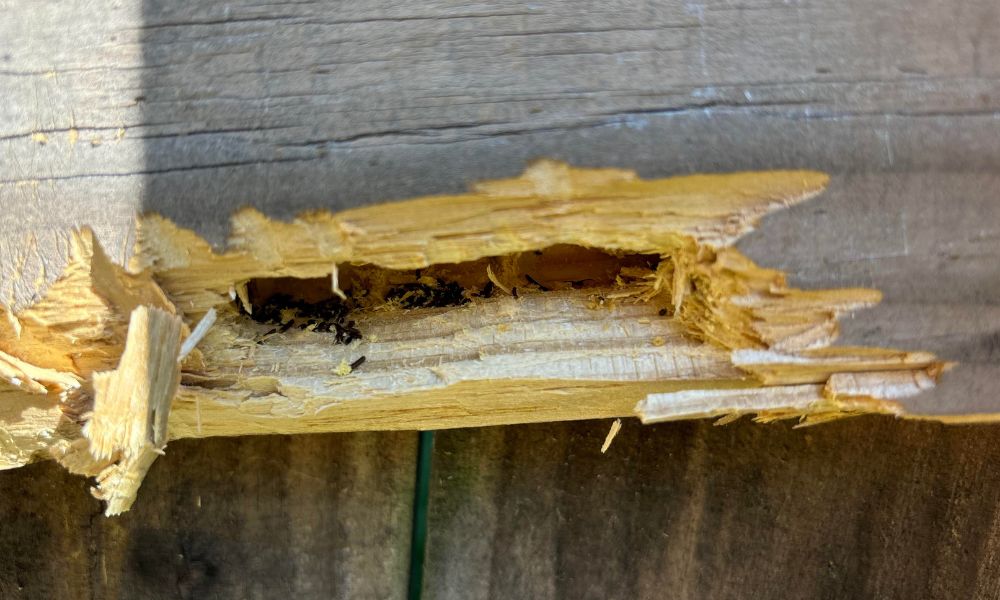
If you already have carpenter bees buzzing around your property or you see existing carpenter bee galleries, don’t panic. The best option is to use a specially designed carpenter bee hole screen, such as the Carpenter Bee Blocker Pro.
Carpenter Bee Blocker Pro really works. That’s why it’s endorsed by Jeff McGovern, “The Pest Coach”:
Here’s the deal: Carpenter bees love hanging around old nest holes. They’ll use these holes and tunnels to lay eggs and even hibernate through the winter.
The real kicker? The bees that hatch will come back to the same spot year after year. If you don’t stop it, the whole boring holes and building nests thing just keeps happening!
By inserting the Carpenter Bee Blocker Pro screens into infested wood, you effectively contain the insects and halt any further damage they might cause.

You can also put this tool on the end of an extendable pole and stay off of ladders as much as you can. Keep ’em out for good with the Carpenter Bee Blocker Pro screens!
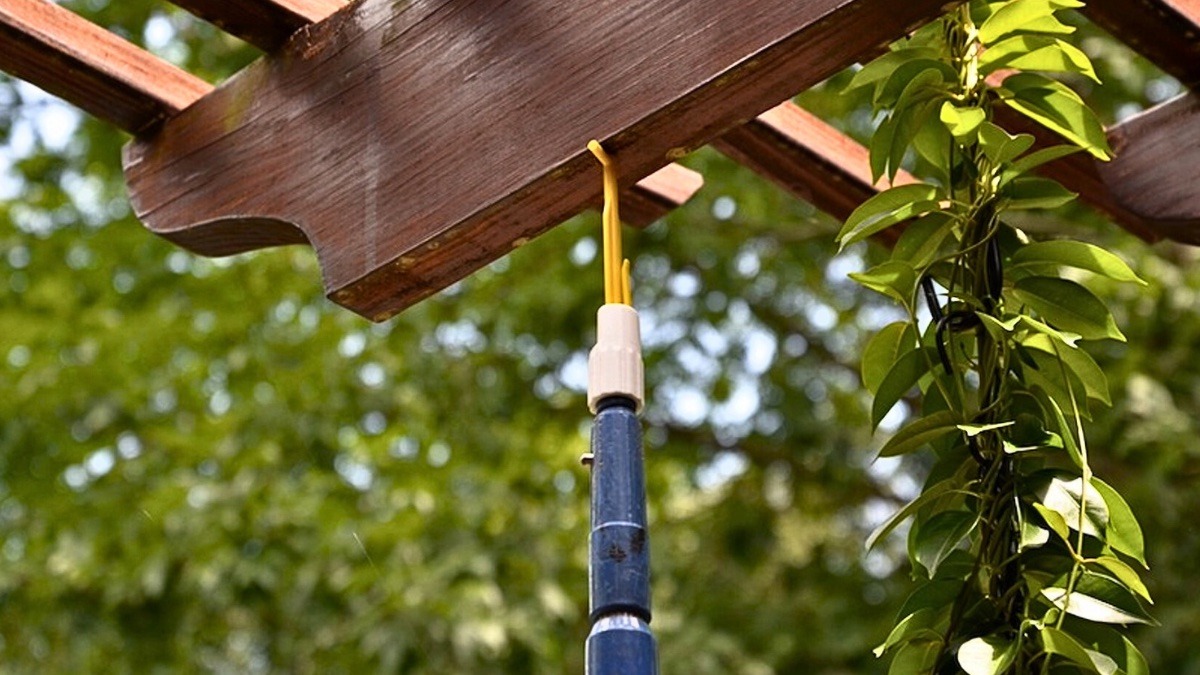
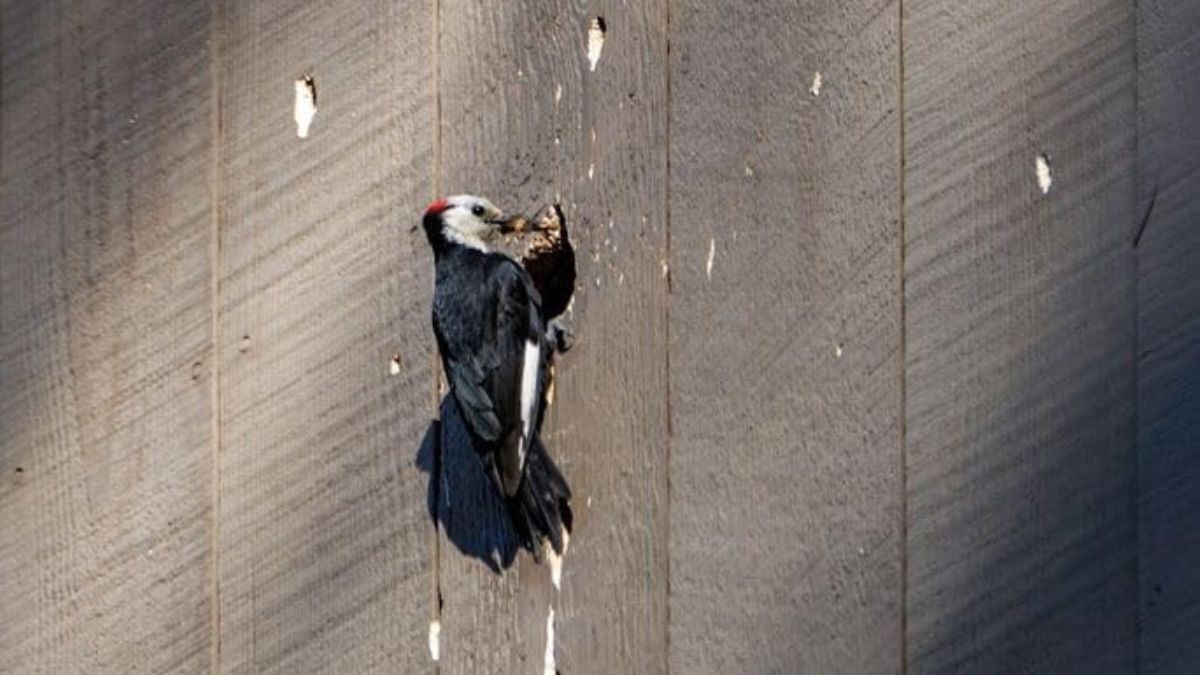
“Woodpeckers can cause much more damage as they hammer at bee-infested wood to feed upon developing bee larvae.” – Amanda Sears, Extension Agent for Horticulture, University of Kentucky
10 Lesser-Known Facts and Carpenter Bees and Their Impact on Your Property
“Carpenter bee larvae are noisy and tend to attract woodpeckers who will drill holes along the tunnels feeding on the larvae. This activity results in long trenches and holes about 0.5 to 1 inch deep along the wood.” – Cornell Lab of Ornithology
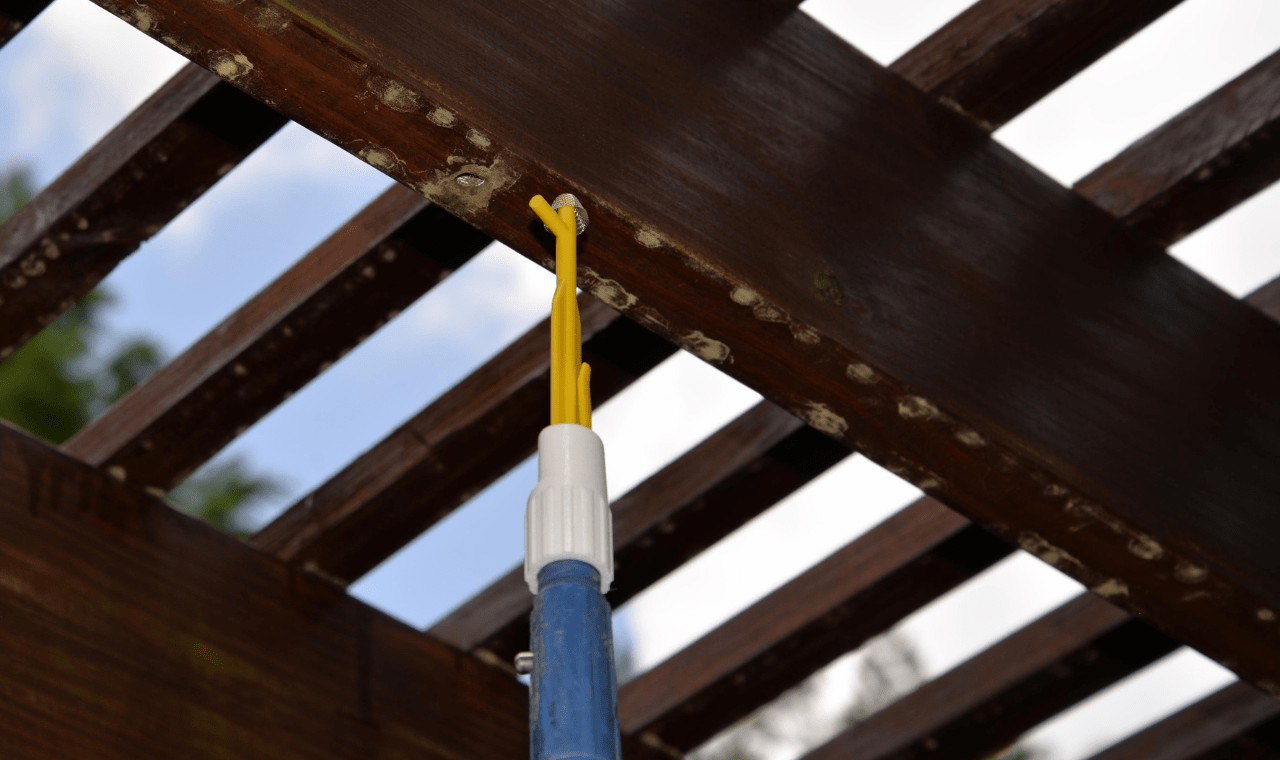
By investing in Carpenter Bee Blocker Pro, you’re not just protecting your home now—you’re also preventing future infestations and the costly repairs that come with them.
It’s an easy, hassle-free way to ensure your property stays safe for years to come.
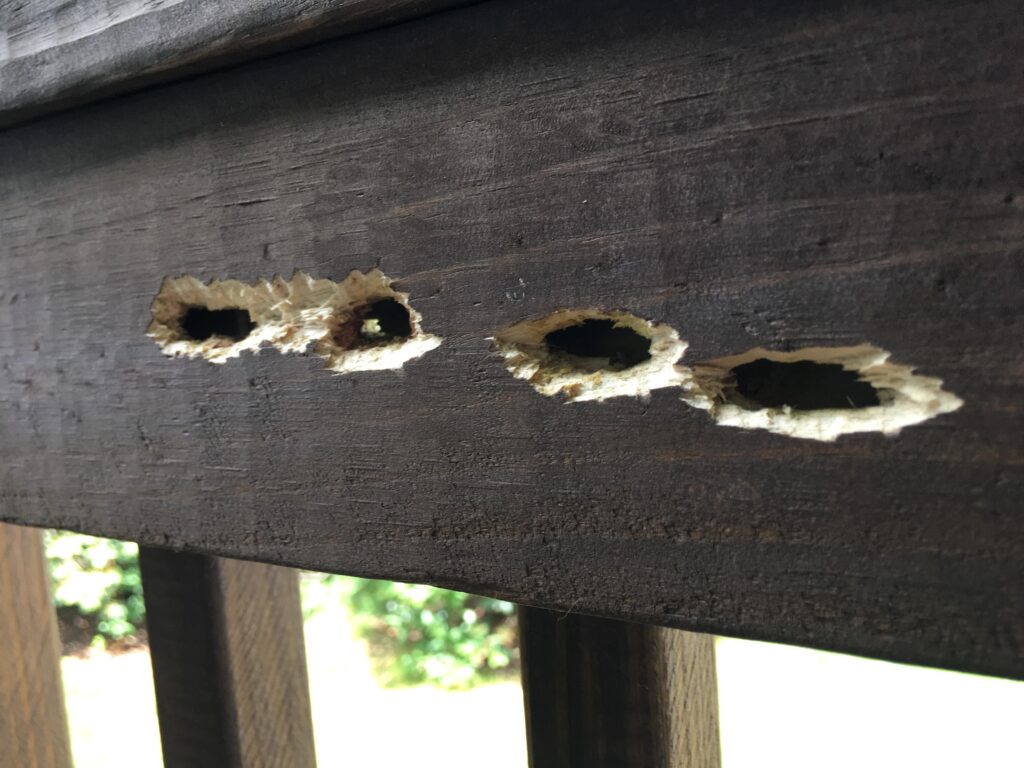
While DIY methods can be effective, sometimes a professional pest control expert is needed, especially with severe infestations. If you’re unsure how to handle the situation, don’t hesitate to reach out. They can assess the problem and recommend the best solution.
Evicting carpenter bees from squatting on your property doesn’t have to be overwhelming. With the right approach and a bit of patience, you can manage and control infestations. Remember, it may take time to see results, but persistence pays off!
With the right tools in hand, you can finally say goodbye to those buzzing pests!

| Jeff McGovern is nationally recognized in the pest control industry. His “12 Key Factors” program is currently used by Pest professionals around the world. |
Interested in buying Carpenter Bee Blocker Pro at wholesale prices for your business?
Click here to get business pricing!
Need a smaller amount for a DIY project or trial run? Check out our Carpenter Bee Blocker (Pro BBPRO30, Count 30) on Amazon!
Learn all about the carpenter bee nest in our recent blog:
“All About the Carpenter Bee Nest: Tips for Homeowners and Pest Control Operators”
Other Related Posts:
How to Get Rid of Carpenter Bees in 2025: The Safe and Easy Way
Do Carpenter Bees Sting? Learn the Truth & Protect Your Home

Carpenter bees can cause serious damage to wood surfaces, but simple, weatherproof solutions make it easy to protect your home
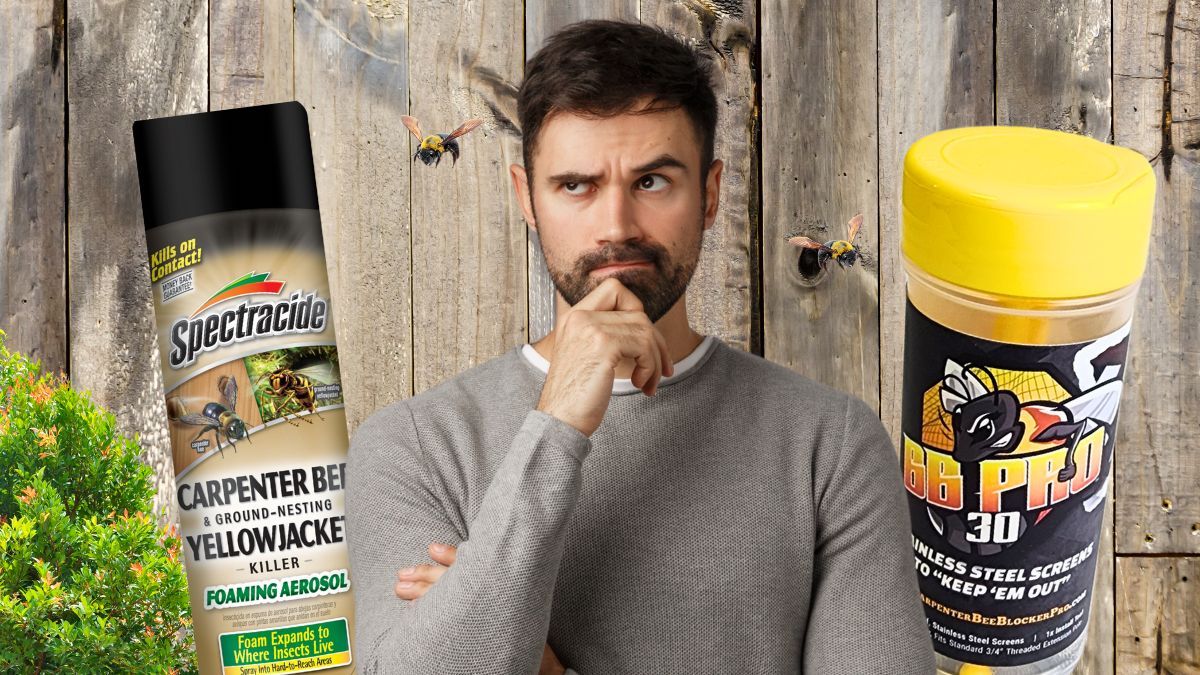
While Spectracide kills carpenter bees, Bee Blocker Pro prevents the damage before it starts—no need for pesticides unless absolutely necessary.

Carpenter bees are quietly drilling into homes across the U.S.—this updated heat map shows where damage is peaking right now.
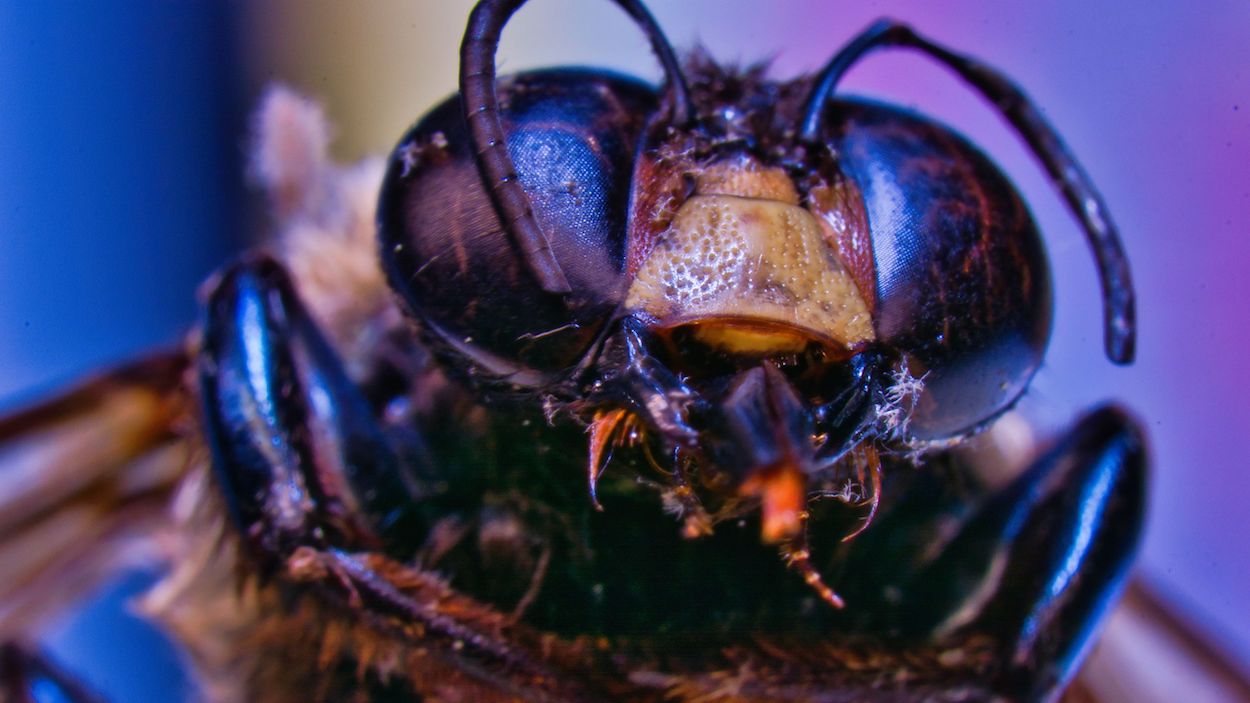
Discover why most carpenter bee sprays fail and how to use the proven, long-lasting solution to protect your home.
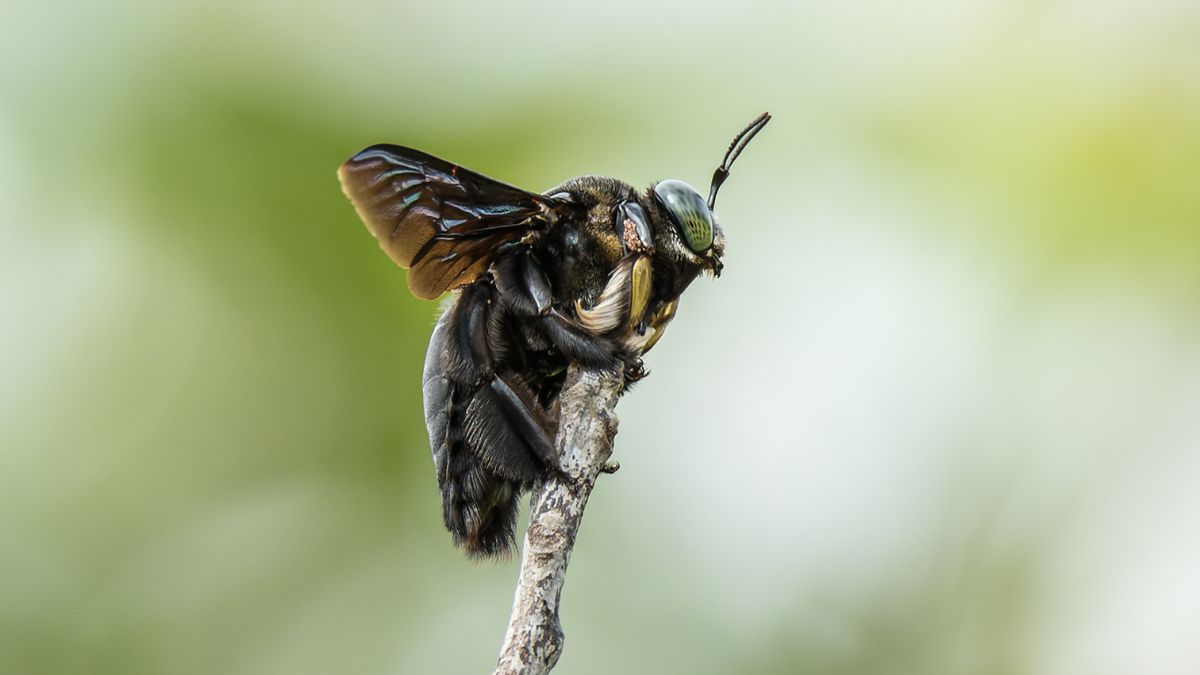
Protect your home naturally with a carpenter bee deterrent that seals holes and prevents damage—no bait, no ladders or messes,
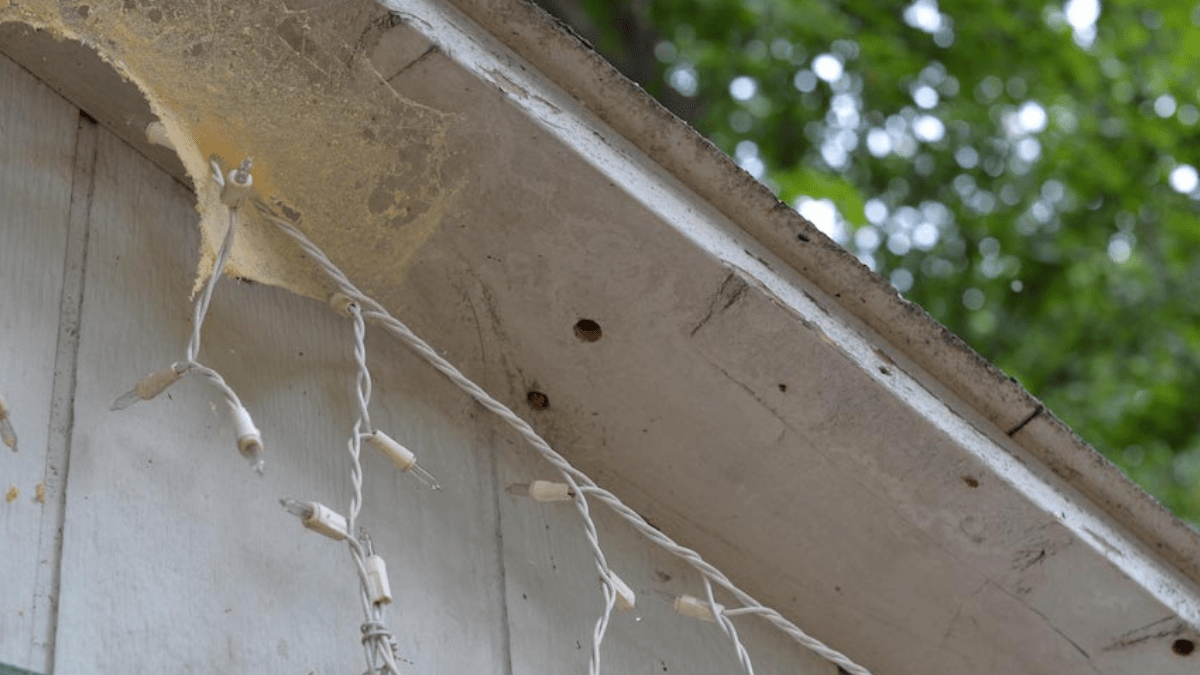
Carpenter bee holes start small but cause big damage—see what a carpenter bee hole looks like and how to stop
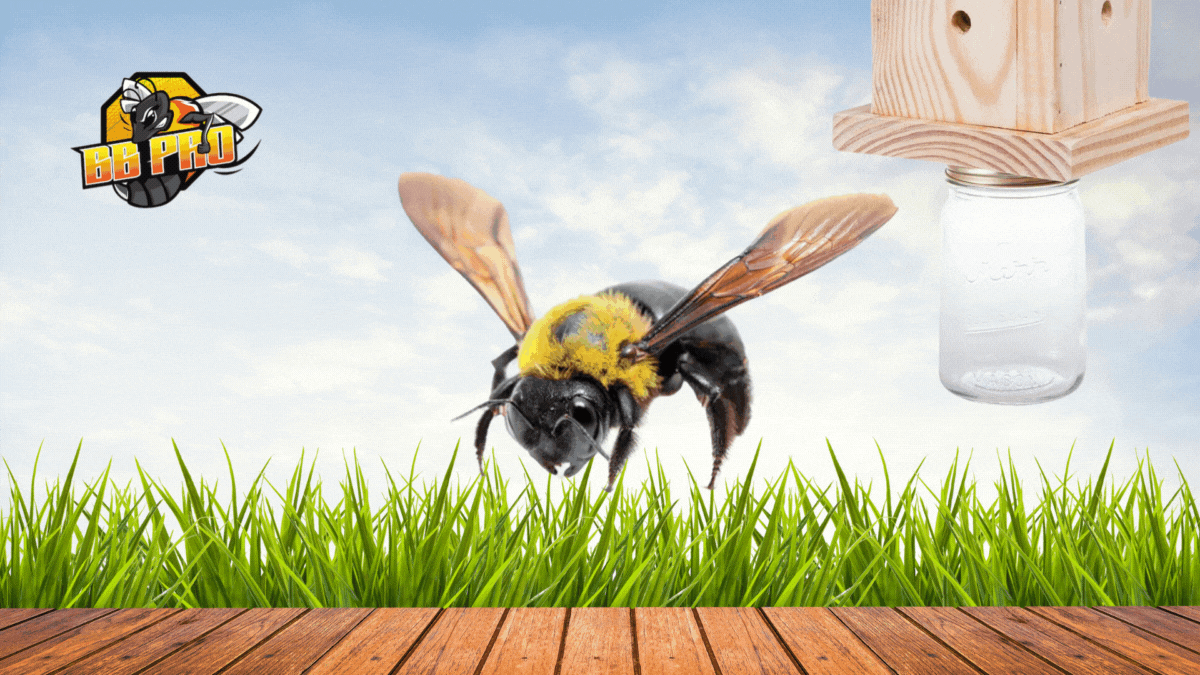
Relying on a bee house alone is like spraying perfume on a mold problem—you’re covering it up, not fixing it.
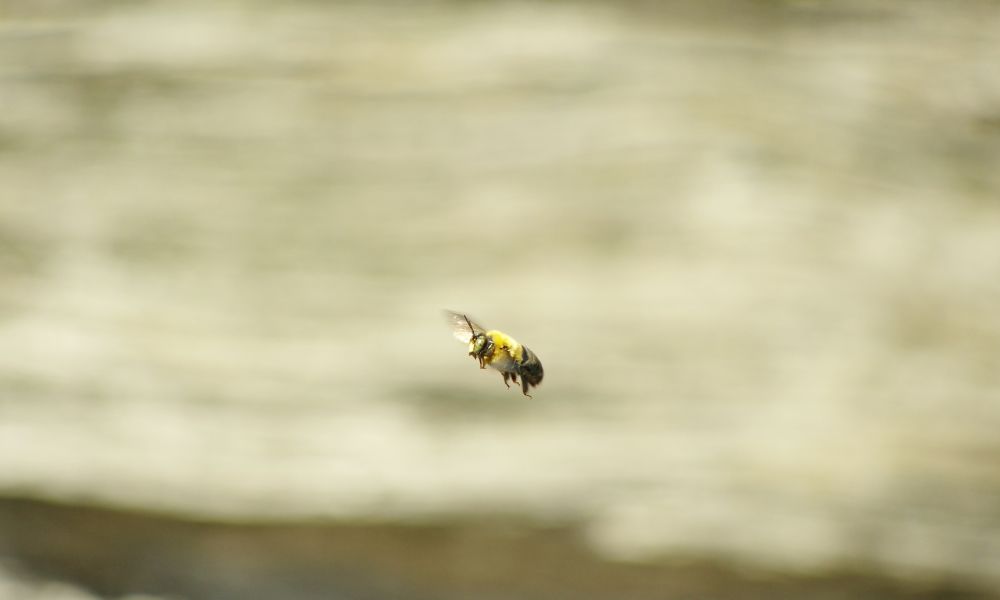
Cut off carpenter bee access, collapse the nest, and stop the damage—no sprays, no guesswork. Watch the video to see